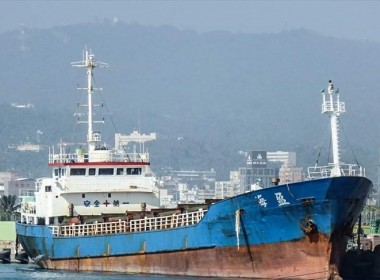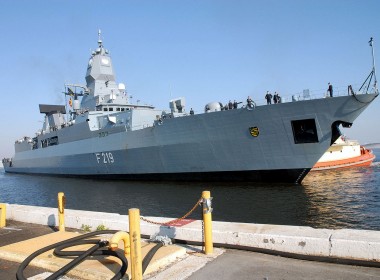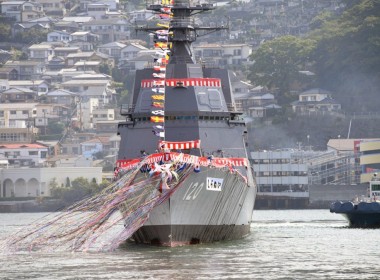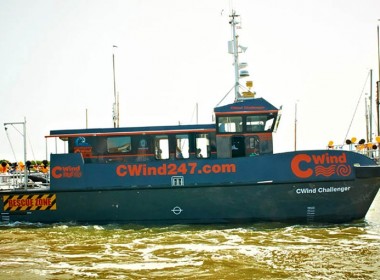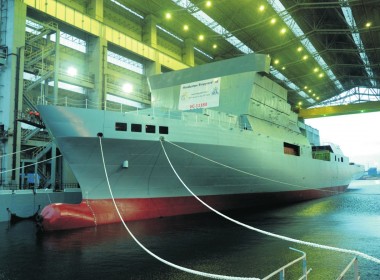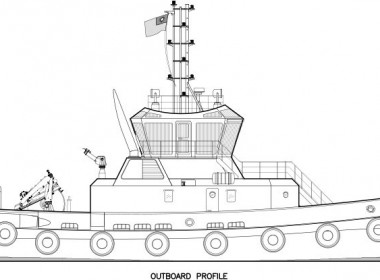Rogue Taiwanese missile sparks speculation
On July 1, 2016 a Hsiung Feng anti-shipping cruise missile was fired from the patrol ship ‘Chin Chiang’, of Taiwan’s Republic of China Navy (ROCN).
The 61.4-metre, 25-knot warship is part of the large ROCN inventory of missile- armed coastal, and middle water combatants and was reportedly alongside the Zuoying naval base, in the port of Kaohsiung, at the time.
The Mach 2, ramjet and rocket-powered missile apparently flew about 40 kilometres northwards, before striking the Taiwanese fishing vessel ‘Hsiang Li Sheng’ off the Penghu Islands.
The very advanced, active-homing missile, dubbed the “carrier killer” by Taiwan’s press, can be fitted with a 225-kilogramme, delayed-action fused warhead, designed to explode deep inside large ships. It did not explode, rather, it passed through the fishing vessel, killing its captain, and injuring three crewmembers, before striking the sea and sinking.
It is not clear whether or not the projectile was fitted with a warhead at the time of the incident.
The incident took place as the People’s Republic of China (PRC) was holding official celebrations to mark the 95thanniversary of the Chinese Communist Party, and Taiwan’s President was absent on an official visit to long-standing Taipei ally Paraguay.
Cross-Strait tensions are currently high – rumours, therefore, are rife.
Taiwan’s Ministry of National Defence is adamant that the firing was accidental, and was the result of poor leadership, and procedural errors.
ROCN in-harbour missile launch drills might well include tracking random offshore targets, using surveillance and fire control radars. A live firing during the course of a drill, however, would reportedly have required the manual overriding of a succession of electronic safety “gates”, specifically engineered to prevent such an occurrence.
It is hardly surprising, then, that speculation over the rogue firing continues unabated, although the reaction from Beijing has been markedly low-key.
Trevor Hollingsbee


